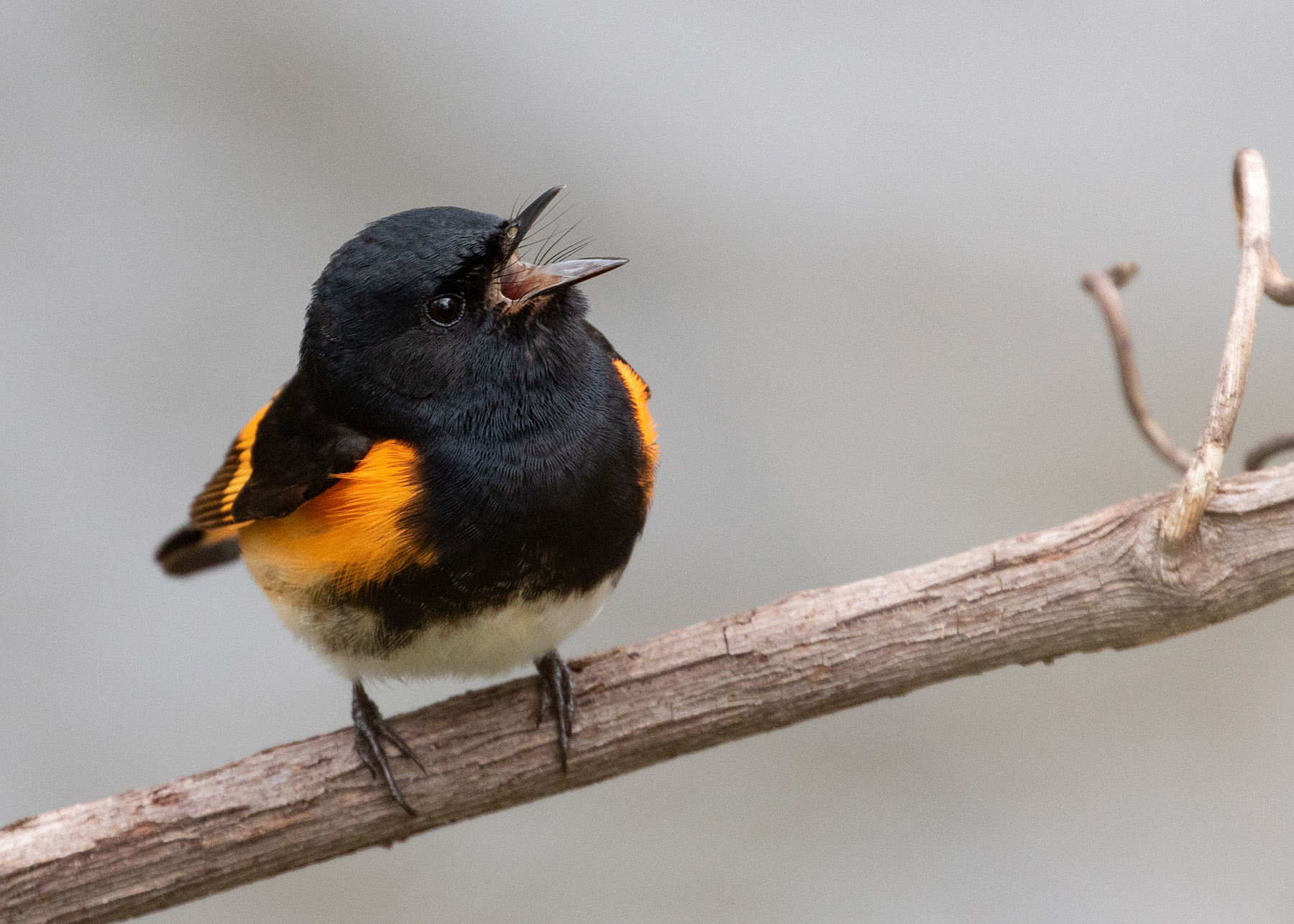Michigan State University and the National Audubon Society are teaming up to help protect declining bird populations across North America.
With $1.3 million from a collaborative National Science Foundation grant, the team will develop statistical models fueled by four massive data sets to evaluate how climate change and land use are affecting hundreds of bird species.
Using this understanding, the team will develop forecasts about future responses of bird populations, enabling conservationists and wildlife managers to pinpoint where individual species may be most at risk and identify opportunities to protect these charismatic creatures and all that they do for us.
“People love birds and love looking at birds, but they do so much more that we don’t think about or appreciate as much,” said Elise Zipkin, an associate professor in the Department of Integrative Biology and MSU’s lead investigator on the NSF project. “Birds provide a ton of ecosystem services that are worth billions of dollars, including nutrient cycling, pest control, seed dispersal and pollination.”
Joining Zipkin’s Quantitative Ecology Lab is the Geospatial Laboratory at MSU, led by Andrew Finley, a professor in the Department of Forestry and the Department of Geography, Environment and Spatial Sciences.
Together with MSU postdoctoral researcher Jeff Doser, who will lead model development, the researchers have a breadth of expertise in aggregating large amounts of biodiversity data from disparate sources.
Working with Audubon, the MSU researchers have a partner that’s a leader in putting scientific approaches to work in bird conservation.
“Broadly speaking, our results will help with conservation planning for avian species and communities,” said Zipkin, who is also the director of the Ecology, Evolution and Behavior program, or EEB, at MSU. “Our models will reveal which areas are likely to be bad for birds in the future and which areas are likely to be climate refugia. We can use that information to make decisions about where to target conservation efforts so that they are most effective.”

Researchers estimate that, in terms of overall population size, North America has lost more than 3 billion birds over the last 50 years. The trends continue to be concerning today, largely due to a warming planet and humans developing land in ways that damage natural ecosystems.
Researchers have been working to understand how different bird communities in different locations are responding to climate change and land-use changes. Historically, though, those two factors often have been studied separately, said Sarah Saunders, Audubon’s lead investigator on the project.
“Independently, there were people asking, ‘What is climate change doing to birds?’ or ‘What is land use doing?’ Now those questions are coming together,” said Saunders, who is a senior manager of quantitative science with Audubon and an adjunct scholar with MSU.
“We’ll be looking at data from the last 20 years and trying to predict what will be happening by midcentury and end–of century,” Saunders said. “We expect these predictions will be a lot more robust than what’s currently available because we’ll be integrating all of the best available data from across the continental U.S.”


